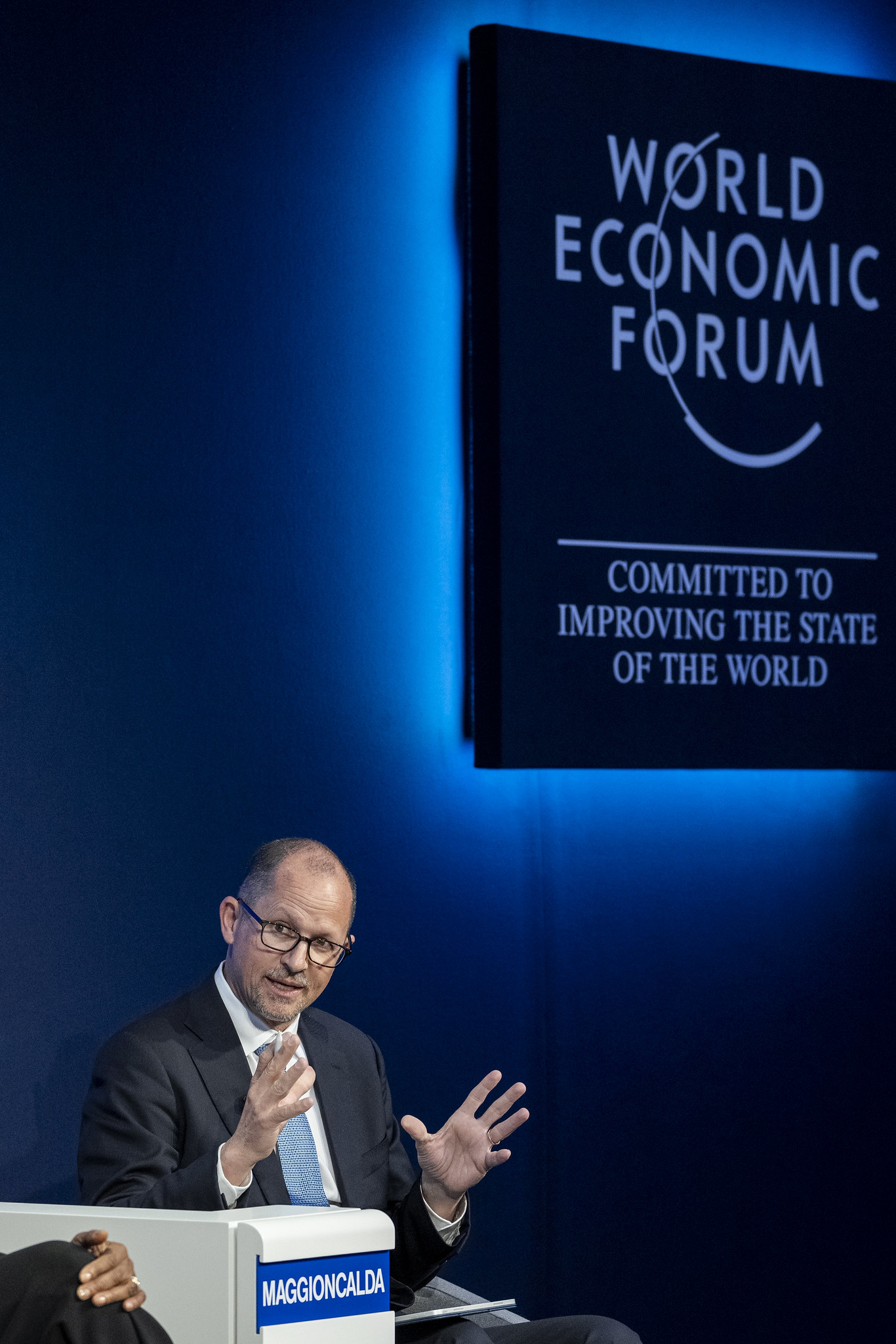|
|
|
|
|
|
|
|
|
|
|
|
ADVERTISEMENT

|
|
|
|

A close-up photo captures part of Madison County, Mississippi, on a map from the 1880s.
Photo: Getty Images
Last week, Amazon Web Services (AWS) announced a $10 billion data center investment in Mississippi, saying it “will establish multiple data center complexes in two Madison County industrial parks, which is projected to create at least 1,000 new jobs in the Magnolia State.” Noting the $108 billion AWS has invested across the U.S. since 2011, Roger Wehner, AWS director of economic development, said, “We look forward to delivering new workforce development opportunities and educational programs that support the next generation of talent across the Magnolia State.” To put the scale in perspective, the news came a week after AWS had pledged to invest the equivalent of $15.3 billion in cloud infrastructure across all of Japan by 2027.
Site Selection’s Ron Starner talked to Wehner recently with regard to another territory welcoming billions of dollars in investment from AWS — Virginia — in his aptly titled story, “Grab Power While You Can,” where Wehner explained his team’s rigorous site selection methodology. Watch for more from Starner on data centers in the highly anticipated March 2024 issue of Site Selection.
|
|
|
|

|
|
CERTIFIED SITE DEVELOPMENT
Ready to Build? Kansas Has Your Site
Finding a certified, shovel-ready tract in the Sunflower State has never been easier (starting with the QR code in this article).
|
|
|
|
|
|
|
|
|
|
|
|

|
|
Coursera CEO Jeff Maggioncalda (who spoke to his company’s partnership with Costa Rica in this Site Selection report three years ago) speaks at the Race to Reskill session at the World Economic Forum Annual Meeting 2024 in Davos-Klosters, Switzerland, earlier this month.
Photo copyright: World Economic Forum/Faruk Pinjo
|
|
Among the more useful pronouncements emanating from Davos earlier this month was an update on the World Economic Forum’s Reskilling Revolution, a program launched in 2020 that the WEF says is on track to reach more than 680 million people by 2030 through commitments by participants to foster better skills, job opportunities and education. “By working with a growing network of 34 committed ministers in 17 countries, the Reskilling Revolution has mobilized a multistakeholder community of over 370 organizations,” said the WEF, including founding members Adecco Group, Coursera, the government of France, iamtheCODE, Infosys, the Lego Foundation, LinkedIn, ManpowerGroup, PwC, Salesforce and UNICEF. New commitments to the initiative include IBM’s Skillsbuild, which aims to train 2 million people from underrepresented communities with artificial intelligence skills; and the European Roundtable for Industry’s R4E, which aims to reskill 5 million Europeans by 2030.
|
|
|
ADVERTISEMENT

|
|
|
|

The purpose of the honeycomb is to enhance wind tunnel flow quality.
U.S. Air Force photo by Keith Thornburgh
|
|
First operated in 1960, the 16-foot supersonic wind tunnel (16S) at Arnold Engineering Development Complex (AEDC) at Arnold Air Force Base in Tennessee was built so that it could accommodate an airflow-straightening “honeycomb” structure to keep pace with expected future technological advancement, said a release from AEDC last week. Sixty-three years later, that structure — measuring 55 feet in diameter, weighing more than 67 tons and made up of thousands of stainless steel 1-inch hexagonal honeycomb tubes — was completed and was marked by a ribbon-cutting in November. “If all of the metal that comprises the 4-foot-thick structure was to be rolled out flat,” the AEDC said, “it would cover around 11 acres.”
|
|
|
|








